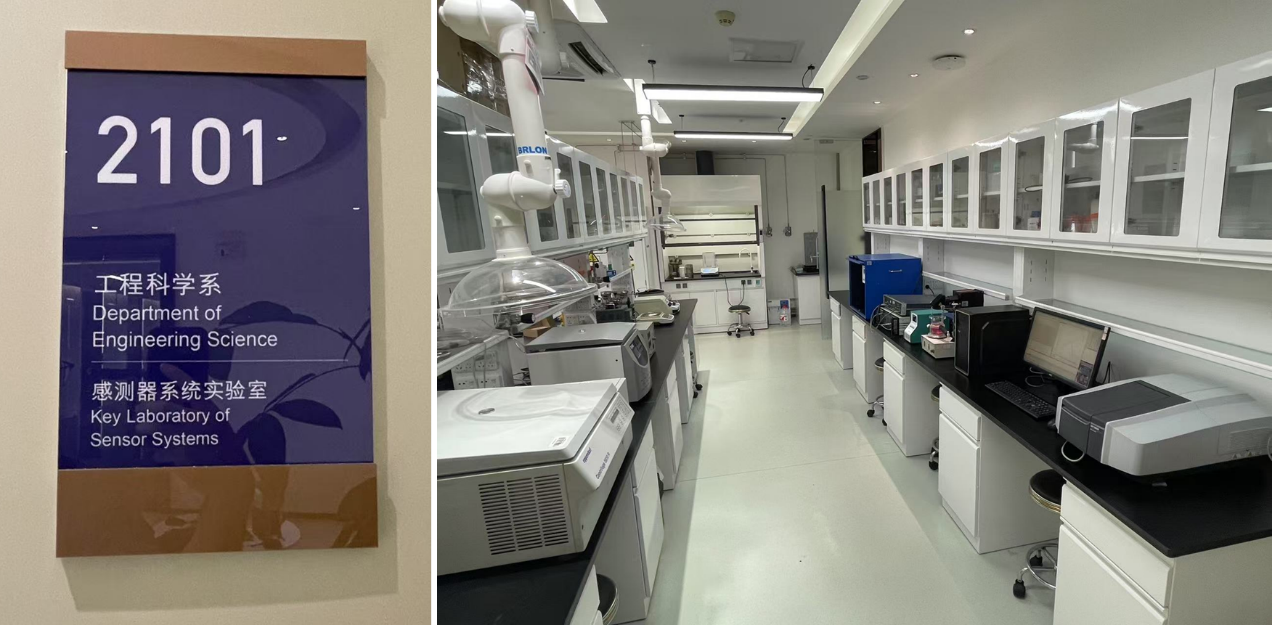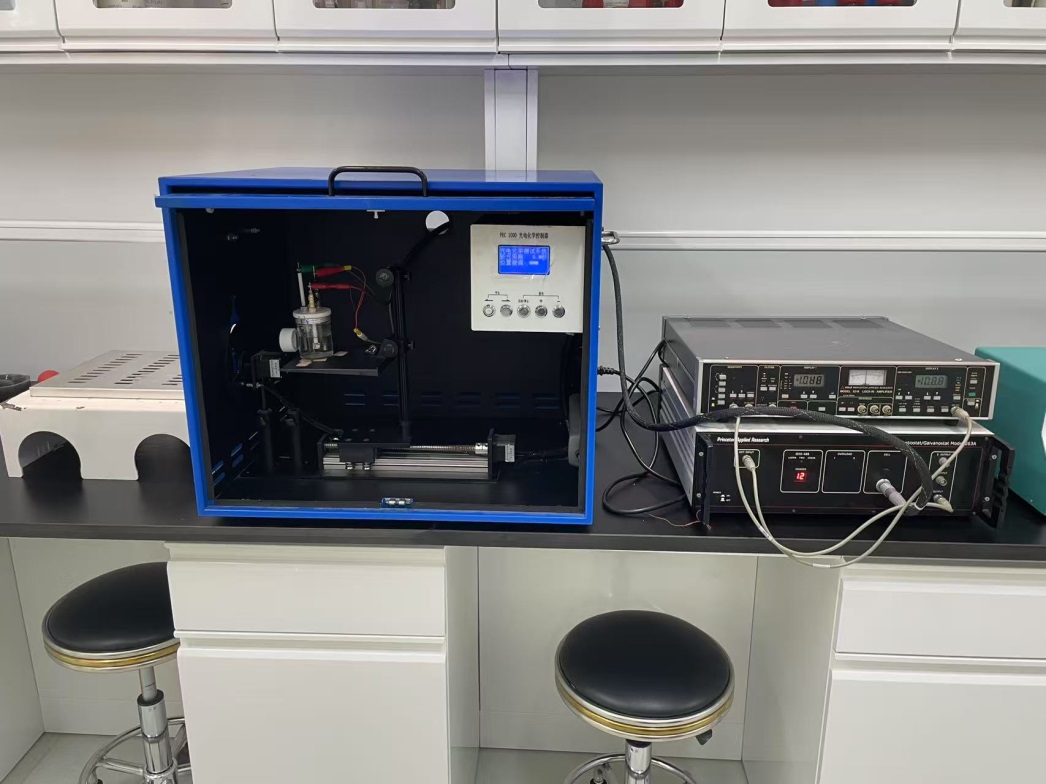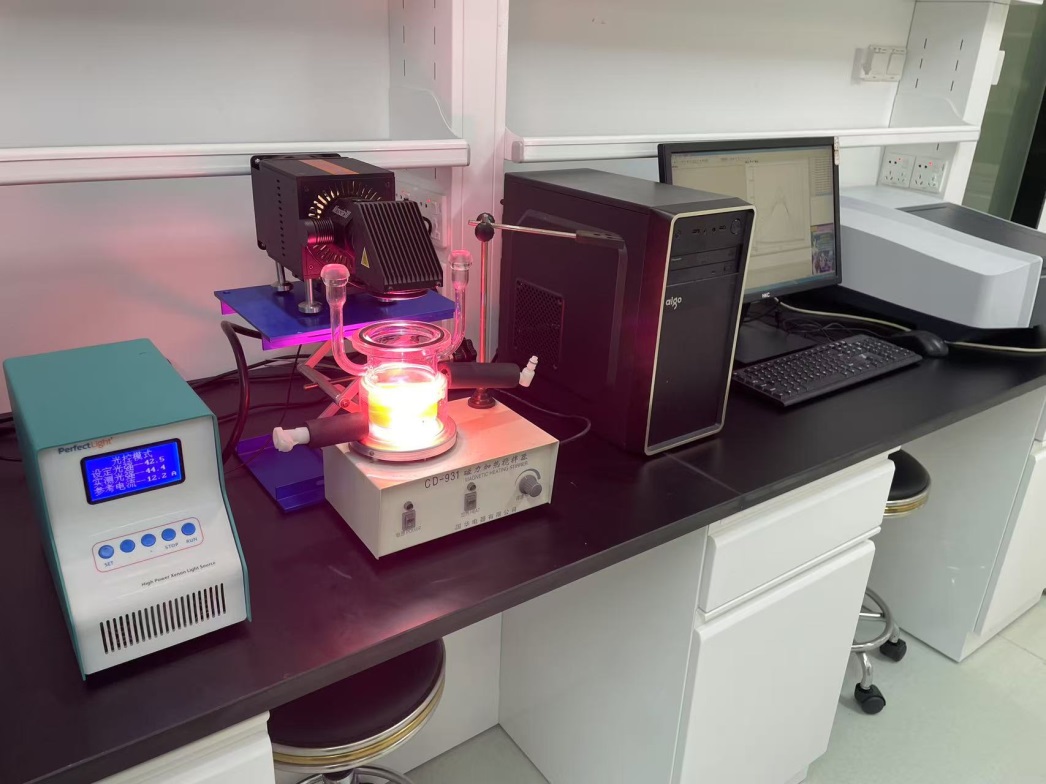Sensor Systems Laboratory

Overview:
Our laboratory is dedicated to the fundamental research of the optoelectronic properties of two-dimensional (2D) materials and their innovative applications in biomedicine, environmental monitoring, and other fields. Currently, we are focusing on the development of high-performance electrochemical optoelectronic detectors based on 2D materials, which exhibit core advantages in:
1. High sensitivity
2. Ultrafast response time
By integrating nanotechnology and interdisciplinary research methods, we systematically explore the translational applications of these novel materials in biosensing (such as mycotoxin detection and disease biomarker screening) and environmental remediation (efficient degradation of pollutants). We are also actively engaged in the exploration of new cancer diagnosis and treatment strategies.
Facilities:
Our laboratory is equipped with a comprehensive research platform, featuring major equipment including:
- Fume hoods
- Electrochemical optoelectronic workstations
- Photocatalytic reaction systems (equipped with xenon lamp sources and multi-wavelength filters)
- UV-visible-near-infrared spectrophotometers
- Plasma cleaners
- High-speed centrifuges
- Ultrasonic cleaning systems
These facilities can meet the experimental requirements from material preparation to testing.
Future Development Plans
Our future development plans focus on two cutting-edge directions:
1. Intelligent Responsive Nanomaterials Development: By incorporating machine learning algorithms to optimize the material design process.
2. Application Expansion: Focusing on the fields of neuroscience (such as flexible brain-machine interface devices) and the construction of intelligent environmental monitoring networks, promoting the transition of 2D materials from fundamental research to engineering applications.
Description:
1. Electrochemical Optoelectronic Testing:
- We measure the photogenerated current of materials under light illumination to evaluate their photocatalytic activity and optoelectronic conversion efficiency.
- We study the photocurrent and impedance of nanophotonic materials under various light and electrical conditions, providing critical data support for the development of high-performance biosensing electrodes.

2. Photocatalytic Performance Testing:
- Sunlight excites the catalyst to produce reactive oxygen species, which degrade organic dyes.
- After catalysis, the concentration of the target degradation products is measured using a UV-visible spectrophotometer to complete qualitative and quantitative analysis.
- This method can be applied to environmental monitoring and pollution control, food testing and safety, and the analysis of heavy metal elements.






